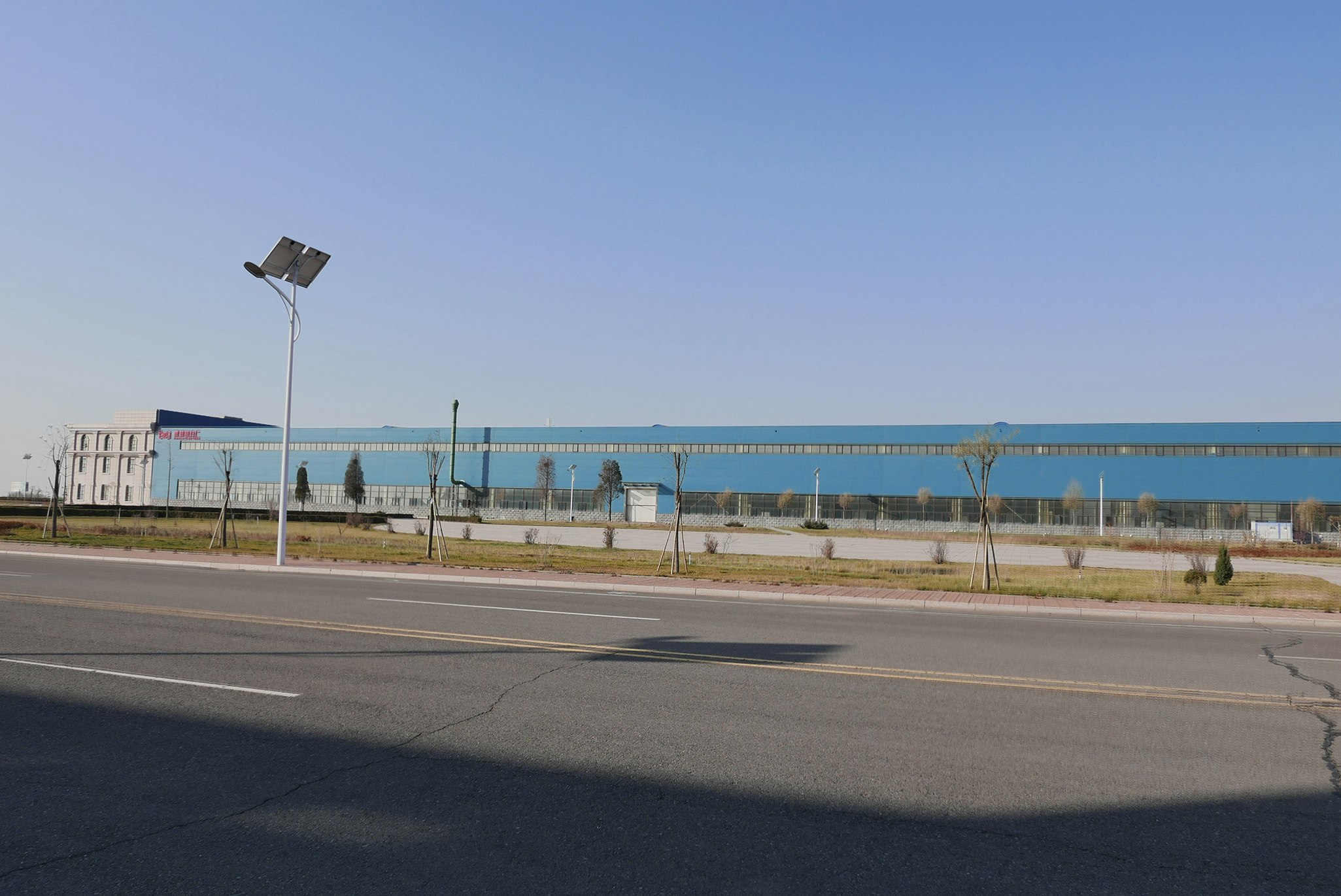- Afrikaans
- Albanian
- Amharic
- Arabic
- Armenian
- Azerbaijani
- Basque
- Belarusian
- Bengali
- Bosnian
- Bulgarian
- Catalan
- Cebuano
- China
- China (Taiwan)
- Corsican
- Croatian
- Czech
- Danish
- Dutch
- English
- Esperanto
- Estonian
- Finnish
- French
- Frisian
- Galician
- Georgian
- German
- Greek
- Gujarati
- Haitian Creole
- hausa
- hawaiian
- Hebrew
- Hindi
- Miao
- Hungarian
- Icelandic
- igbo
- Indonesian
- irish
- Italian
- Japanese
- Javanese
- Kannada
- kazakh
- Khmer
- Rwandese
- Korean
- Kurdish
- Kyrgyz
- Lao
- Latin
- Latvian
- Lithuanian
- Luxembourgish
- Macedonian
- Malgashi
- Malay
- Malayalam
- Maltese
- Maori
- Marathi
- Mongolian
- Myanmar
- Nepali
- Norwegian
- Norwegian
- Occitan
- Pashto
- Persian
- Polish
- Portuguese
- Punjabi
- Romanian
- Russian
- Samoan
- Scottish Gaelic
- Serbian
- Sesotho
- Shona
- Sindhi
- Sinhala
- Slovak
- Slovenian
- Somali
- Spanish
- Sundanese
- Swahili
- Swedish
- Tagalog
- Tajik
- Tamil
- Tatar
- Telugu
- Thai
- Turkish
- Turkmen
- Ukrainian
- Urdu
- Uighur
- Uzbek
- Vietnamese
- Welsh
- Bantu
- Yiddish
- Yoruba
- Zulu
Nov . 10, 2024 19:11 Back to list
Exploring the Role of Casting Factories in Modern Manufacturing Processes
The Importance of Casting Factories in Modern Manufacturing
Casting factories serve a pivotal role in the manufacturing industry, providing essential services that contribute to the production of a wide variety of essential parts and components. By utilizing metallurgy and mold-making techniques, these factories transform raw materials into finished products that meet the intricate specifications required by various sectors, including automotive, aerospace, and consumer goods. The process of casting involves pouring molten metal into molds where it solidifies into the desired shape, thus allowing for the creation of complex geometries with high precision.
The Casting Process An Overview
The casting process can be categorized into several methods, each with its own set of benefits and applications. The most common types include sand casting, investment casting, die casting, and centrifugal casting.
1. Sand Casting This is one of the oldest and most widely used casting methods. It involves creating a mold from sand, which is then filled with molten metal. Sand casting is particularly popular for producing large parts due to its cost-effectiveness and flexibility in design.
2. Investment Casting Also known as lost-wax casting, this method is favored for producing intricate designs with high dimensional accuracy. A wax pattern is coated with a ceramic shell, and once the wax is melted away, molten metal is poured into the cavity to form the final product. This method is particularly utilized in industries where precision and quality are paramount, such as aerospace and medical devices.
3. Die Casting This technique involves forcing molten metal into a mold under high pressure. Die casting is often used for manufacturing smaller, more detailed components and is known for its efficiency and ability to produce high volumes of parts.
4. Centrifugal Casting Here, the mold is spun at high speeds, which uses centrifugal force to distribute the molten metal evenly around the mold. This technique is commonly employed for producing cylindrical shapes, such as pipes and tubes.
Each casting method has its specific applications, advantages, and limitations, making the choice of technique crucial based on the intended use of the final product.
casting factories

Innovations in Casting Technology
With the advent of advanced technologies, casting factories are experiencing a transformation that enhances the efficiency, sustainability, and capabilities of the casting process. Innovations such as computer-aided design (CAD), computer-aided manufacturing (CAM), and automated casting systems have significantly streamlined production. CAD and CAM allow for precise design and simulation, reducing errors and waste in the manufacturing process. Furthermore, the continued development in materials science has led to the discovery and utilization of more efficient and environmentally friendly alloys and metals, which contribute to sustainable manufacturing practices.
Additive manufacturing technologies, or 3D printing, have also begun to intersect with traditional casting methods. These technologies can produce complex mold designs that would be infeasible with conventional techniques, leading to enhanced product features and reductions in material wastage.
Challenges and Considerations
Despite the advancements, casting factories are not without challenges. The industry faces issues such as fluctuating raw material prices, environmental regulations, and the need for skilled labor. Additionally, ensuring quality control throughout the casting process is paramount, as defects such as porosity or dimensional inaccuracies can severely impact the performance of the final product.
Moreover, the shifting demand for more sustainable practices in manufacturing has led many casting factories to explore greener approaches. The adoption of energy-efficient technologies and the recycling of scrap metal are examples of how these facilities are adapting to meet environmental expectations.
Conclusion
In conclusion, casting factories are integral to modern manufacturing, offering unmatched versatility and precision in producing a wide array of components. The continual evolution of casting technologies, coupled with innovative approaches to sustainability and efficiency, positions these factories at the forefront of the manufacturing sector. As industries increasingly rely on high-quality metal parts, the role of casting factories will undoubtedly grow, ensuring their significance in meeting the challenges and demands of future production needs. By embracing innovation and overcoming existing challenges, casting factories can continue to thrive and contribute to the ever-evolving landscape of manufacturing.
-
8mm Thin-Walled Cast Steel Manhole Cover Pallet Bottom Ring | Durable
NewsAug.04,2025
-
Premium Cast Iron Water Main Pipe: Durable, Corrosion-Resistant
NewsAug.03,2025
-
Durable Cast Iron Water Mains | AI-Optimized Systems
NewsAug.02,2025
-
High-Efficiency Propane Boiler for Baseboard Heat | Save Energy
NewsAug.01,2025
-
Premium Source Suppliers for Various Gray Iron Castings
NewsJul.31,2025
-
Durable Cast Iron Water Main Pipes | Long-Lasting
NewsJul.31,2025


